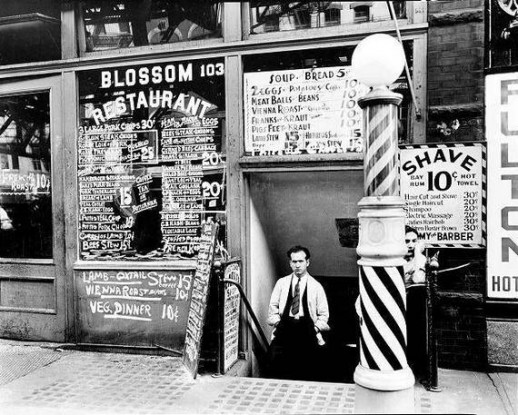

The main connection between BSO and Amato Opera is the presence of Irene Frydel Kim, a niece of Sally Amato, the founder of Amato Opera together with her husband Anthony. Ms. Frydel Kim, who grew up artistically within Amato Opera’s embrace, has given life to BSO, bringing along a number of former board members of the older company, and serves as its the general manager and artistic director.
These parallel claims notwithstanding, both BSO and Amore Opera categorically deny any notion of conflict between them. No matter how hard I have tried to investigate and elicit any kind of admission of antagonism, both companies offer essentially the same bland reply: the alleged feud is nothing more than gossip, and there is enough space in New York City for both of them, even in this gloomy period of financial difficulties for the arts. (Rumor has it, however, that there is significant friction between Ms. Frydel Kim and her uncle Tony. )
Although Amore Opera announced its formation earlier, BSO was the first to actually stage an opera. To program for their inauguration back in October such a rarity as Montemezzi’s L’amore dei tre re clearly indicated not only a bold ambition but also the desire to follow Amato’s custom of including unfamiliar repertoire among popular chestnuts. Choosing Montemezzi’s work, a demanding opera, once very popular, that still carries a sort of mystique, was a most consummate move to attract attention and manifest artistic curiosity. Amore Opera, in contrast, has opted to present more conventional fare, at least this season.
Interestingly, the two companies share a number of artists. For instance, Sabrina Palladino, who sang Mimì in the Amore Opera’s production of La Bohème I attended last week, was the female lead in the Montemezzi opera. More importantly, Richard Cerullo, Amato’s set designer, collaborates with both troupes.
The second opera in BSO’s season is the immortal Il barbiere di Siviglia. The opera’s premiere was postponed one week, apparently because of casting problems. BSO operates in one of the two halls of the Bleecker Street Theater. I accidentally entered and took a seat in the wrong hall, where the play Circumcise Me was about to be performed. Only when the legitimate ticket holders of my seats arrived to claim their places I realized I was sitting in the wrong location and was directed to the other hall.
I regret to say that this is not the most welcoming space. It is basically a boiler room in the basement, with all sorts of pipes and cables exposed, and it hosts 116 seats. There is no stage; the orchestra and the conductor are lined up in the far left part of the room. With nothing dividing them, the distance between cast and audience is too close for comfort. I am a big fan of small and even miniature opera houses, but here you had the constant impression that one of the singers could end in your lap at any moment.
The supertitles were projected in an extremely small screen on the upper left, allowing only part of the audience to be able to read them. And, most importantly, the ceiling is too low, creating excessive reverberation and thus resulting in rather unbalanced acoustics. The orchestra placement obviously doesn’t help. The comparison with Amore Opera’s tiny but traditional and inviting venue is inevitable.
The performance itself had a few rough spots, where singers and orchestra were not exactly aligned, giving the impression of being somewhat under-rehearsed, but for the most part I found conductor David Rosenmayer’s tempos appropriately brisk and coherent. However, I cannot quite comprehend the decision to include two female voices in the small chorus.
The cast featured a soprano Rosina, an oddity these days where the mezzo-soprano reigns, and rightly so, almost uncontested in this role. Jordan Wentworth Farrar performed the role in the original keys, resorting only occasionally to the traditional stratospheric soprano variations. A petite, delightful woman with a winsome personality, Ms. Wentworth Farrar has a light, charming, almost child-like instrument: a pleasant throwback to the perky Rosinas of Mercedes Capsir and Toti Dal Monte.
Anthony Daino has long been a well-known name in the New York opera scene, having appeared with many of the smaller opera companies as well as with OONY. While perhaps it can be argued that he is too much of a veteran for the role of Count Almaviva, his high register still rings secure and sonorous.
Bass-baritone Sam Smith offered a stentorian Don Basilio; Richard Michael Cassell (Don Bartolo), while quite effective and funny on stage, needs considerable improvement in his Italian diction to be a truly successful buffo.
William Browning was the capable, genial, energetic Figaro, with the right physique du role and an attractive lyric baritone. Soprano Nozomi Kawaguchi as Berta and baritone John Petrozino as Fiorello completed the cast.
The production by Teresa K. Pond is extremely traditional. To describe the sets as spartan is a euphemism, but this must not be taken as a slight. It’s just the reality of small opera companies.
If one doesn’t mind the incommodious space, an evening of good old-fashioned fun is what this production will provide.

























Comments